Not Just Expensive Tables in Galleries: Exploring the Creative Value of Collectible Design
Gallerists, collectors, fair directors and designers on collectible design’s role in the wider industry; and why the pieces’ often-eyewatering price tags are justified.
Across international fairs such as this week’s Design Miami, London’s PAD and Collect, or TEFAF Maastricht; gallerists present works of collectible design from artists all over the world, mixing vintage collectible works with contemporary, and established design names with emerging makers.
In many ways, the world of galleries (and their wares’ often astronomical prices) can feel rather removed from the rest of the design industry. But its proponents argue that it has an important role, offering something distinct from collectible fine art and providing designers with the rare luxuries of time and money for material experimentation and critical thought.
A young, growing community
While the UK hosts events like Collect, the annual international fair at London’s Somerset House and boasts a number of leading design galleries, collectible design is relatively new here in comparison to the US and mainland Europe.
Freya McLeavy, senior director at Sarah Myerscough Gallery describes it as a “smaller, younger market”, where the designer/artists and galleries have “grown up together, creating a certain sense of camaraderie”.
She explains that like many others in the field, the gallery’s founder Sarah Myerscough started in fine art until some US collectors suggested she hold an exhibition of their turned wood collection, “an artform familiar in America but [then] basically unknown in the UK” McLeavy says.
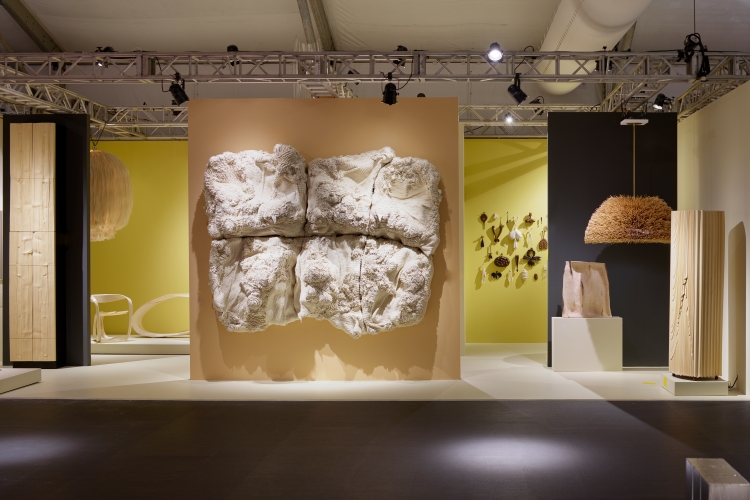
“[Falling] in love with the tactility of the material and the labour-rich, rarefied processes” of those turned wood pieces, Myerscough began researching and building a roster of UK and European artists working with a “very sculptural approach” to working with wood, McLeavy says.
She continues: “We were intrigued by a market heralding functional pieces focused on material invention. The idea of truly living with art pieces – using them over a lifetime a part of one’s home – felt exciting and meaningful to us.”
London’s Charles Burnand Gallery founder Simon Stewart, who has a background in music, explains that his own route into collectible design was through a concept store in partnership with his mother, a former high-end florist and stylist. They started out 20 years ago, “when concept stores were all the rage in New York and Paris, but people weren’t really doing them here,” Stewart explains.
The idea of truly living with art pieces – using them over a lifetime a part of one’s home – felt exciting and meaningful
The pair initially focused on unique vintage pieces including mid-Century Italian chairs and a “beautiful hand-blown Murano vase”, before transitioning to working with contemporary collectible design “with a very strong focus on unique materials” around ten years ago.
For collector and designer Brigitta Spinocchia Freund, founder and creative director of interior architecture and design practice Spinocchia Freund, it was a combination of the influence of her family and a move from Istanbul to the UK that got her into collectible design. Her parents had a store in Bournemouth “full of East Mediterranean collectible pieces crafted by the surrounding local artisans,” she explains. When Freund embarked on collecting herself, her first purchase was a Hubert La Gal customised flower table, followed by a Charlotte Perriand table and some Jean Prouvé lights.
Now sourcing pieces for clients as well as collecting for herself, Freund feels working with existing furniture and design pieces “offers a very good way to design sustainably”.
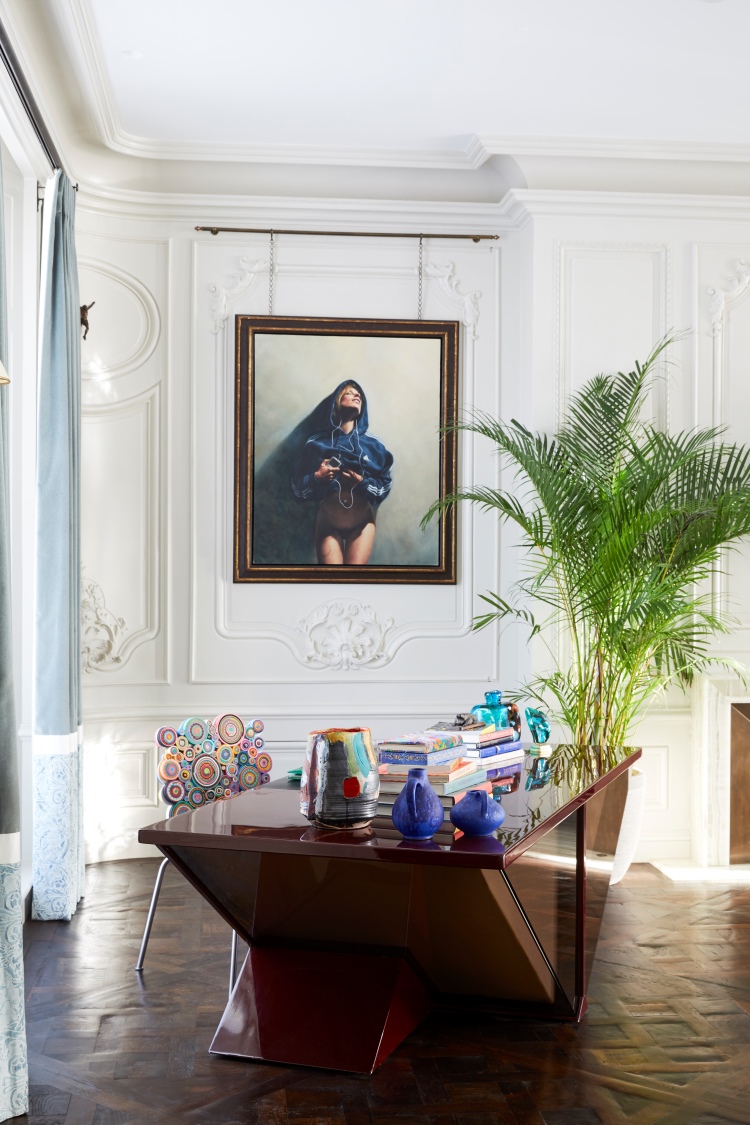
She continues: “The world is already full of beautiful pieces and part of the joy is to source and find the pieces with provenance and character, giving them a second, third or further life.”
In terms of the design fair landscape, some mix older and contemporary collectible design, whereas others like Collect specialise in contemporary works. “The thing that sets Collect apart is that the work has to have been made in the last five years”, explains fair director Isobel Dennis.
This brings “really fresh content” to the market, says Dennis. She argues that it also encourages galleries to commission new works from the artists they represent, bringing something exciting and new to buyers and fair visitors. Established designers at Collect and more unrepresented designers showing through Collect Open alike “almost relish that pressure of producing new works that helps them to push their own practice,” Dennis continues.
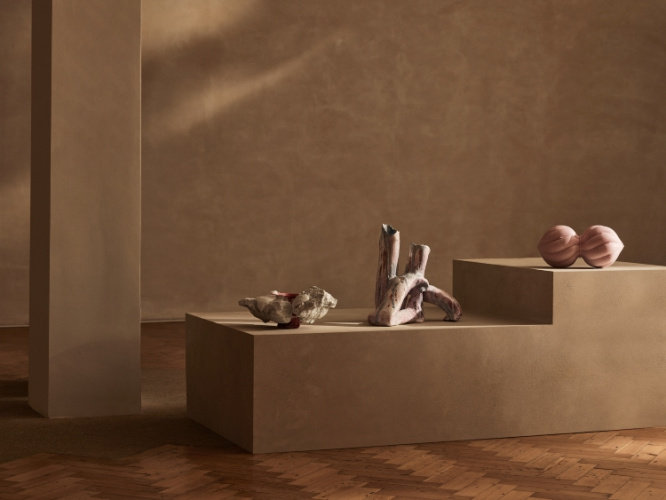
Visitors to Collect illustrate the breadth of the collectible design market: there are the craft enthusiasts and makers “who find it really inspiring,” she says, as well as museum curators and interior designers, art advisors, collectors, buyers in their own right and auction houses.
What makes design collectible?
Sourcing collectible design involves research and connections, as well as travel to exhibitions, degree shows, and art fairs. While previously word of mouth recommendation was key, social media channels have become an “invaluable resource”, says Stewart, adding that as the profile of the gallery has increased, artists are approaching him on “almost on a daily basis”.
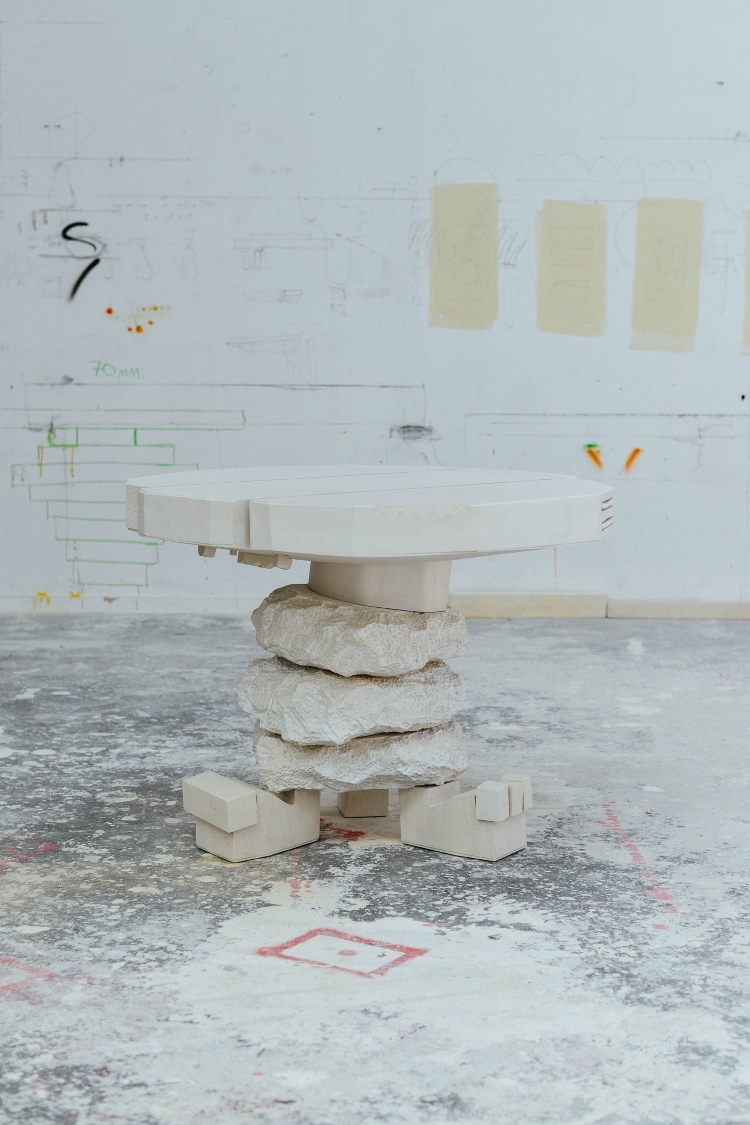
Whether found via Instagram or through grad shows at institutions like the Royal College of Art, it is “materials, every time” that Stewart says draws him to a designer’s work.
He says that while industry experience and a “curatorial eye” can help “artists really develop their skills, their aesthetic, and give them confidence to be bigger and bolder”, how the maker works with material is crucial in the first place.
For McLeavy and Myerscough, qualifying factors for collectible design are “an exceptional quality of making and a basis in crafting processes; innovation in sculptural form and a true sense of material intelligence and discovery”, as well as a “meaningful narrative in the work that the designer feels deeply connected to.”
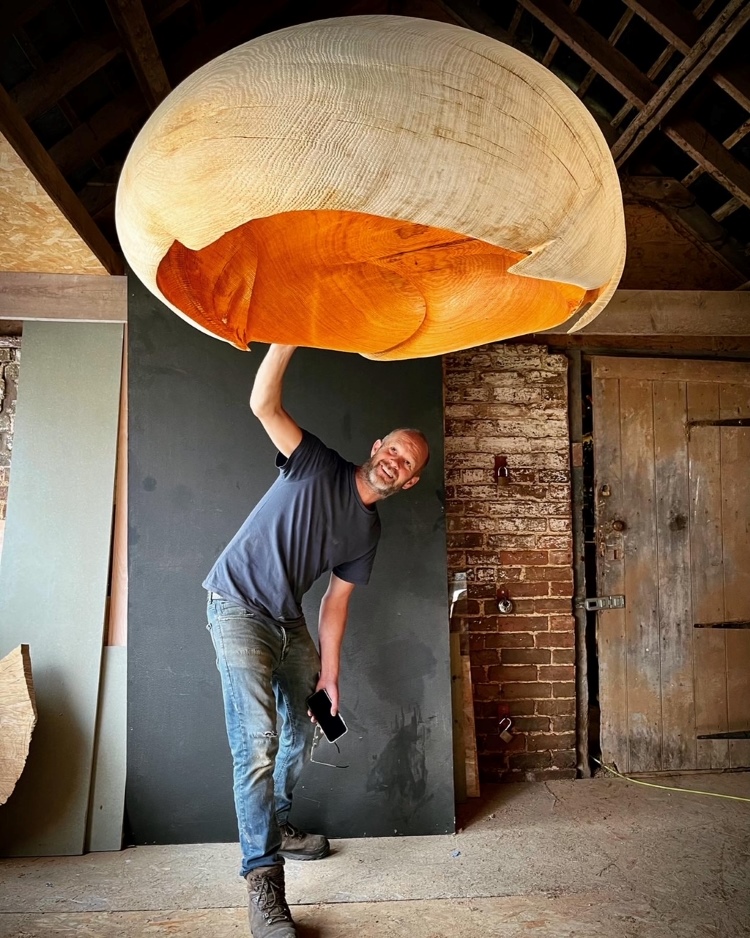
For Freund, a collectible piece is one “that has an interesting provenance, is aesthetically alluring, and enhances the energy of the space that it will sit in”. She works with David Gill, the Carpenters Workshop Gallery and Jacques Lacoste in Paris, “where it’s possible to source many beautiful pieces like Royère lights”, she explains.
For client work, her choices are led by the client and location: a recent country project, for example, features Mid-Century, colourful pieces, and a London project “uses rarer and more valuable pieces”.
Meanwhile at her own home collectible pieces like a Campana Brothers sheepskin sofa, a Fornasetti chest of drawers, and ceramics by Lil Lihong and Joana Vasconcelos sit side-by-side with her daughters’ homemade pottery – making up a home that is “a homage to our [family’s] creative personalities”.
Helping designers push boundaries
Stewart explains that Charles Burnand Gallery works with a roster of artists but also has an in-house design studio, creating unique pieces for interior designers and architects.
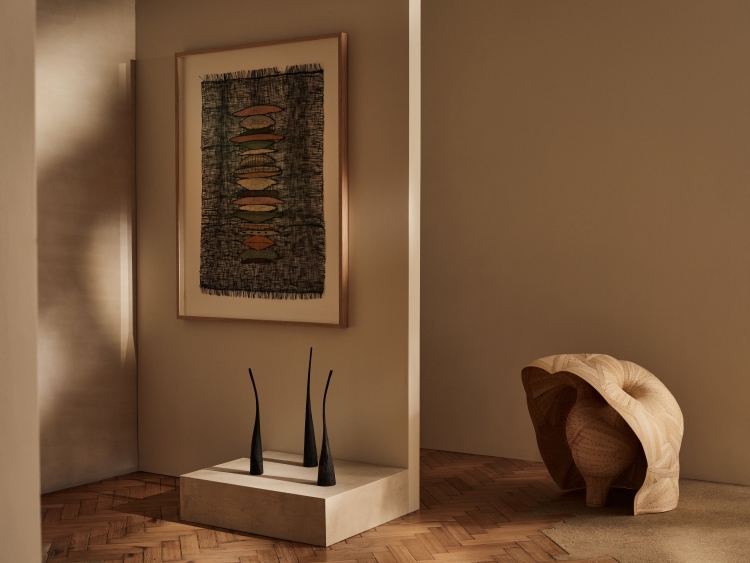
Since the gallery’s artists have “more than mastered their trade”, they are often able to “make the impossible possible” for a given project, he adds. Examples include Steven John Clark of DenHolm working in stonemasonry to create “extraordinary, very playful works that appear almost prehistoric”; or Studio Furthermore, which develops materials by looking to outer space: “they look to imagine what the landscape would look like on another planet, and they bring to life what they envisage,” says Stewart.
The opportunity for exploration is a hugely important thing for designers themselves, and according to Stewart, his gallery provides them the “ultimate freedom” to develop their work. He points out that it’s often financial constraints that prevents [emerging artists] from spending time on research and development. That might cause them to join another studio where R&D seems more feasible, “or worse they end up changing careers altogether”, he warns.
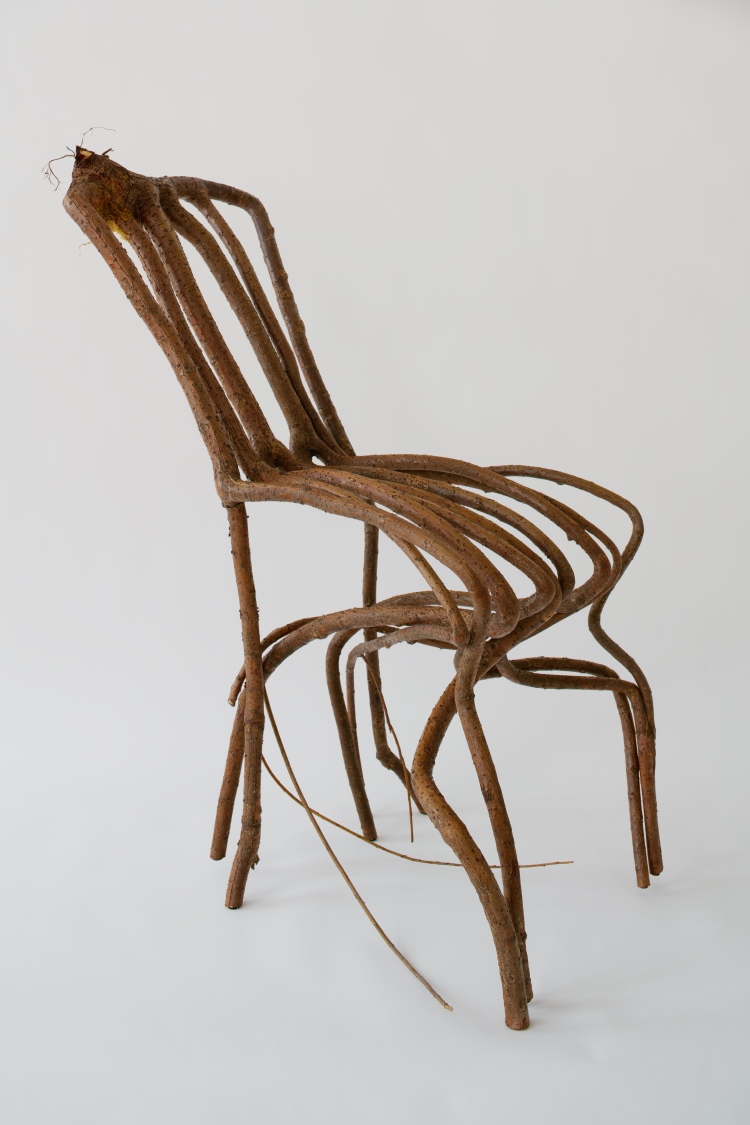
He explains there are different models, from buying and commissioning pieces directly, to presenting graduates work as part of London Design Fair alongside established names. “The gallery can sell the concept to a collector, and they can buy into said artist”, he says.
Fostering utopian visions
McLeavy explains that it takes “careful and considered collaborations” to introduce a designer to the market. The gallery starts “our relationship with a designer by showing a curated selection of piece in fairs and group exhibitions to build a market for them before moving towards solo shows”.
Critical observation often begins with designers working in this market
She adds that Sarah Myerscough gallery supports designers at all stages of experience, always with the focus of developing and managing their careers “so they can spend as much time as possible in their studio focused on their creative practices, which offer so much to the world”.
Working at the forefront of innovation, McLeavy argues, “critical observation often begins here – designers working in this market started thinking about environmental concerns and now that is a greater consideration for big household brands and the wider public.”
She highlights Full Grown Studio, “who are growing chairs from living willow trees”, as part of a vision for the future “where we might one day grow our furniture from orchards in a truly environmentally conscious collaboration with nature”, she says. Describing the designers as “so deeply connected to this utopian project”, she adds: “We find their work, which represents a vision of hope, is truly inspiring to a wide audience – enthusiast, and collectors alike”.
Future plans and current challenges
While Stewart, Dennis and McLeavy are positive about the growing collectible design market, they agree that there’s still a need to educate UK audiences on the value of collectible design.
McLeavy emphasises that the “rarefied making processes mean that designers can only make a very small number of pieces a year”, while Stewart adds that makers such as Heechan Kim, who he has just started working with, has taken “14 years to perfect his technique, and only now can he really start to confidently produce the pieces of art that he does”. Once you factor in those sorts of things, a price tag of £9,000 for a piece doesn’t seem so much, he argues.
A common problem in the industry is designs being copied; with some markets worse than others, Stewart says.
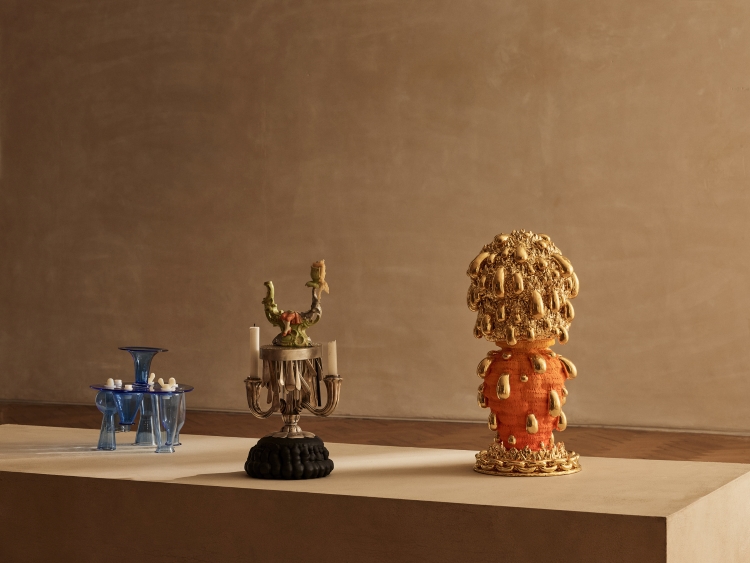
The UK in particular breeds many copycats due to a lack of collecting and buying history meaning many buyers are unwilling to pay the prices commanded by specialised, painstaking work, he says. Stewart adds that less scrupulous interior designers acting as a “tastemaker for an end consumer” might also offer to source a copy of a collectible work at a fraction of the price.
In the US, by comparison, “people are far more educated in contemporary collectible design” and are used to buying from contemporary galleries. US buyers, Stewart continues, enjoy spending freely to “celebrate success and celebrate their wealth”.
He says that galleries, the design community, and industry press “all have a role to play to help people understand the many, many hours of skill that actually needs to go into creating these seemingly simple pieces, because it’s hundreds, thousands of hours that go into creating these works”.
Source: designweek.co.uk
